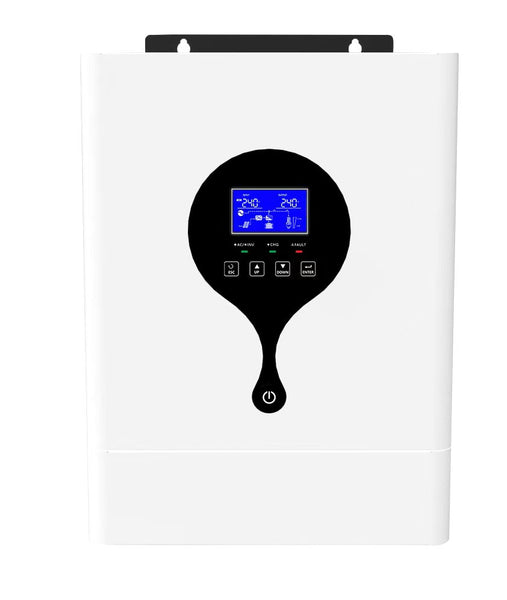First, the working principle of the inverter
The inverter is a DC to AC transformer, which is actually a voltage inversion process with the converter. The converter converts the AC voltage of the power grid into a stable 12V DC output, and the inverter converts the 12V DC voltage output by the Adapter into high-frequency high-voltage AC; both parts also use the more frequently used pulse width. modulation (PWM) technology. The core part is a PWM integrated controller, the Adapter uses the UC3842, and the inverter uses the TL5001 chip. The working voltage range of TL5001 is 3.6~40V, and it is equipped with an error amplifier, a regulator, an oscillator, a PWM generator with dead zone control, a low-voltage protection circuit and a short-circuit protection circuit.

Voltage startup circuit: When ENB is at high level, it outputs high voltage to light the backlight lamp of Panel.
PWM controller: consists of the following functions: internal reference voltage, error amplifier, oscillator and PWM, overvoltage protection, undervoltage protection, short circuit protection, output transistor.
DC conversion: A voltage conversion circuit is composed of a MOS switch tube and an energy storage inductor. The input pulse is amplified by a push-pull amplifier and then drives the MOS tube to perform switching action, so that the DC voltage charges and discharges the inductor, so that the other end of the inductor can get AC Voltage.
LC oscillation and output circuit: ensure the 1600V voltage required for lamp start-up, and reduce the voltage to 800V after the lamp is started.
Output voltage feedback: When the load is working, the sampling voltage is fed back to stabilize the voltage output of the I inverter.
Second, the role of the inverter
The inverter converts DC power (battery, storage battery) into AC power (usually 220v50HZ sine or square wave). In layman's terms, an inverter is a device that converts direct current (DC) into alternating current (AC). It consists of inverter bridge, control logic and filter circuit.
Simply put, an inverter is an electronic device that converts low voltage (12 or 24 volts or 48 volts) direct current to 220 volts alternating current. Because it is usually used to rectify 220 volts of alternating current into direct current, and the role of the inverter is the opposite, hence the name. In a "mobile" era, mobile office, mobile communication, mobile leisure and entertainment. In the moving state, not only the low-voltage direct current supplied by the battery or the battery is required, but also the 220-volt alternating current which is indispensable in the daily environment, and the inverter can meet the demand.

